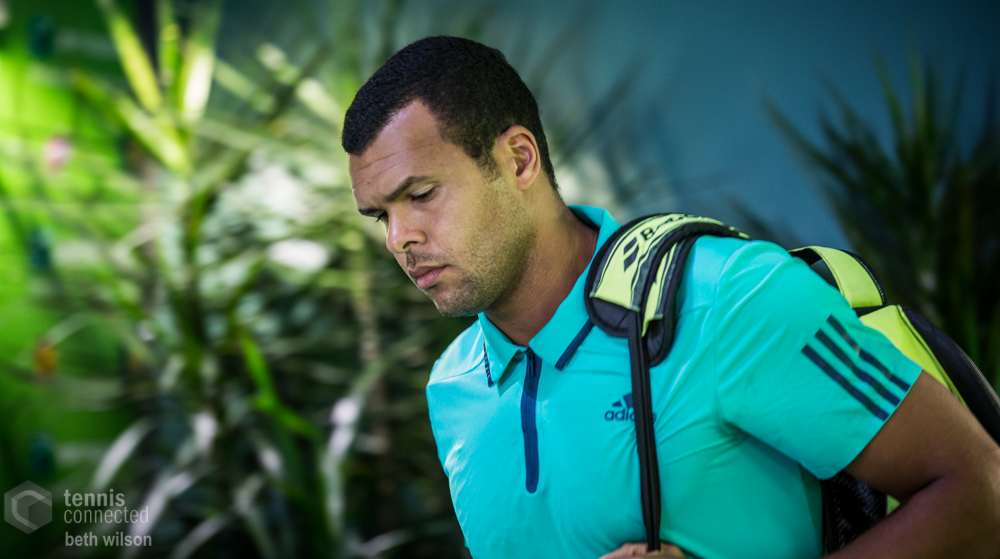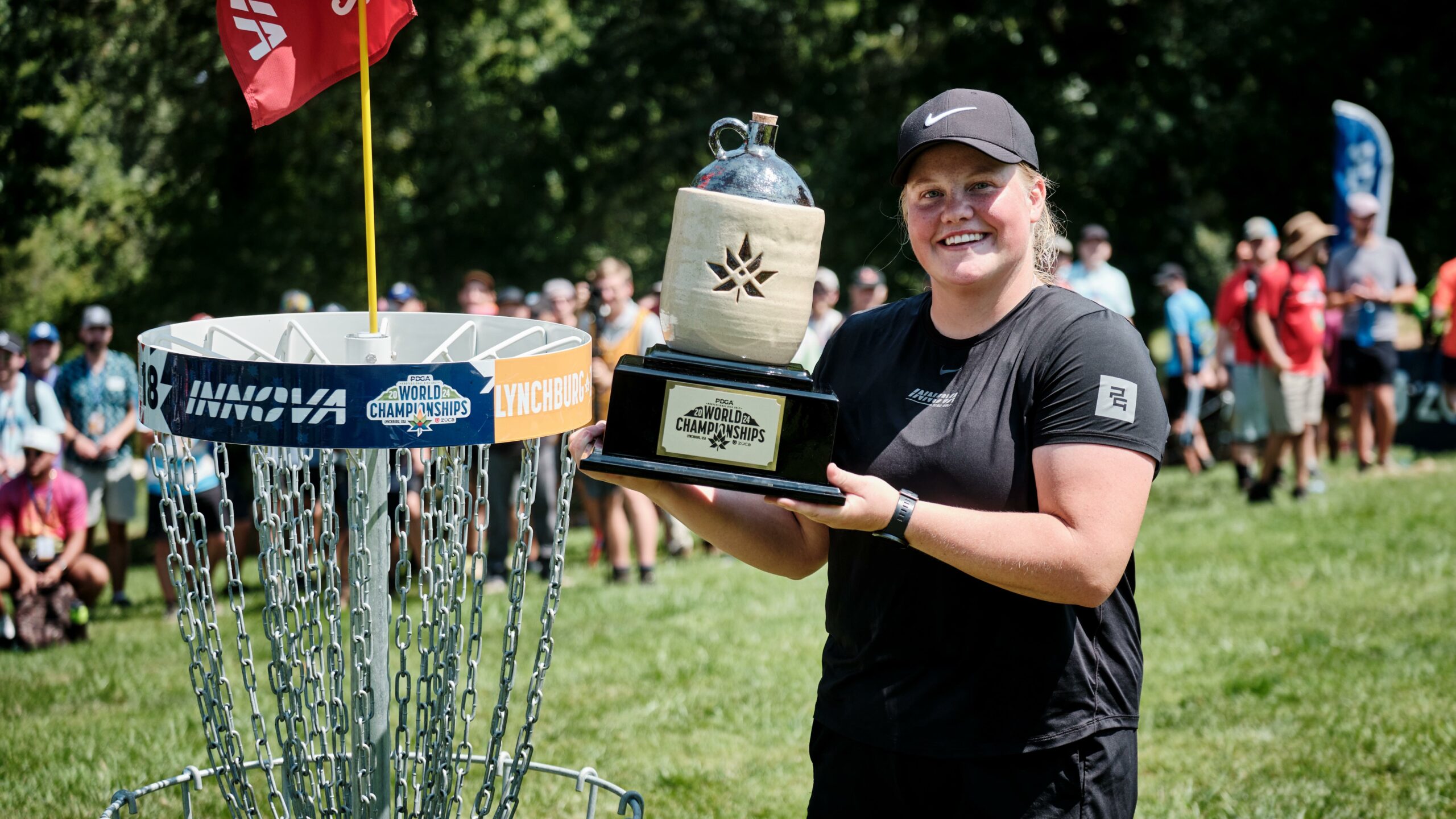Travel
A Snob’s Guide to Tennis Travel

A Snob’s Guide to Tennis Travel
When I was a kid, my dad was a tennis coach at the Fashion Institute of Technology, which oddly required a gym class. In the 1980s and ’90s, he taught many students there how to play tennis. Even in retirement, he wore Sergio Tacchini tracksuits around Boca Raton.
He coached us, too—my brother went on to play Division 1 tennis, but I quit to audition for the school musical. My dad didn’t stop me, but I knew he was disappointed. “He always said, ‘Tennis is a game that lasts a lifetime,” he said.
I avoided tennis for 25 years out of both pride and fear. Could I still play? I started missing the feel of hitting forehands. The smell of the court. Even the tennis fashion. The movie Challengers did it. But mostly, I forgot my dad. Playing again would surprise him. If Mike Faist could act and play tennis in a movie, I wouldn’t have to choose between them. The power stars can align in unexpected ways!
The T&C Tennis Essentials
To face my demons, I’d need to train for real. So, I found myself on a plane to Austria. I was headed to Stanglwirt, a 400-year-old, family-owned resort in the Tyrolean Alps. It looks like the backdrop to The Sound of Music. The vibe is like an Aspen ski chalet by way of Vienna. The hotel has hosted the likes of Clark Gable, Muhammad Ali, Arnold Schwarzenegger, and Gwyneth Paltrow. It’s the type of place where you’ll find a pillow menu right by your bed. The hotel offers in-room dog-sitting services.
Most importantly, they have a top tennis academy. It has eight clay courts, six indoor courts, and a big spa to soak tired muscles. I planned to take lessons for the week. I was in good company. Austria’s Dominic Thiem, who won the 2020 U.S. Open, sometimes warms up at Stanglwirt before July’s Generali Open, an ATP event.
That same heightened atmosphere is at Stanglwirt. It is a hotel with more tennis courts than guest rooms. Maria Hauser, the owner’s daughter, fondly remembers tennis fans. They used to flock to her family’s hotel from around the world. They then had veal schnitzel at the inn’s restaurant. When the players asked why they couldn’t stay over, her father made plans to expand. Stanglwirt now has 171 rooms and suites. It also has a Peter Burwash-branded tennis academy. It is run by Petra Russegger, an Austrian once ranked 259th worldwide. In her junior days, Petra once went head-to-head with Anna Kournikova. Today, she has to rally with me.
It was nerve-racking to step back onto the court after twenty years. So, I wanted to look at the part, at least. Loewe designer Jonathan Anderson made the costumes for the Challengers. Now, less famously, he did my return to tennis. I’d bought a bunch of his J.W. Anderson for Uniqlo collaboration with Roger Federer on eBay and laced up.
“It’s like riding a bike,” Petra assured me. And in some ways, she was right. Despite my hiatus from the sport, my forehand remained surprisingly intact. I’d forgotten—and, from my couch, it’s distorted—that the baselines are 78 feet apart. Petra looked like she was a mile away. Or a kilometer in this case.
We started slowly with groundstrokes before moving on to volleys and eventually serves. Any fear of embarrassment quickly dissipated. Not because I was so good (I was fine), but because of the setting. Stanglwirt’s red clay courts are set against the Wilder Kaiser, a snow-capped giant. Cheesemakers toil in cliffside cabins there all summer. (By the end of the season, the Austrian military is called in to help transport the cheese down the mountain.) Architectural Digest once included the courts at Stanglwirt on its list of the “28 Most Beautiful Courts in the World.” Trust me, no one was looking at my backhand. I felt alive.
The next day, I was back on the court, this time with coach Dave Hong. He taught at Las Ventanas in Cabo and the One & Only in the Maldives. We got more granular. He said I was holding my racket too tightly, which is surely a metaphor for something. “Experiment with different grips,” he suggested. “Find what feels natural and get to know your racket. Back then, people would teach you to step forward, follow through, and bend your knees. And that’s perfect if the ball’s in the same place every time. What happens if you can’t get into that position?”
I loosened up. I ran for a shot deep in the corner. And somewhere along the way, I stopped hearing my dad shouting “low to high!” and remembered how he looked. I remembered his smile from 78 feet away. He could be a ruthless competitor. He was even worse in retirement, known to curse on the courts. But he always found joy in the game, and he wanted the same for me.
Reflections on Tennis, Family, and the Alpine Escape
The irony of a Jew flying to Munich to reconnect with his dad was not lost on me. But the truth is, I felt closer to him than I had in years. He could not have imagined playing on a clay court in the Austrian Alps. (Or the hotel’s milk comes from an on-site dairy farm.) And he would have hated the movie Challengers—from the CGI tennis ball down to that absurd final point. Still, he would have loved this bit Zendaya says in the film: “Tennis is a relationship.” I retreated to Stanglwirt’s heated outdoor saltwater pool. My muscles, both heart and otherwise, were sore. Then I hit the lobby bar, precisely what you’d want from an Austrian chalet. Imagine miles of pine with a natural scent. A pub band plays Oasis covers on a small stage. Two friendly bartenders, Bernd and Philipp, mix drinks. They drove 90 minutes to find a shrub in the woods for their house-made liqueur. Raise a glass (or four), sleep in, repeat. Tennis, anyone?









